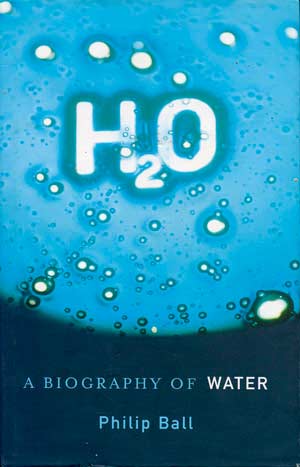CRITICAL MASS: How One Thing Leads to Another
 Critical Mass: How One Thing Leads to Another by Philip Ball
Critical Mass: How One Thing Leads to Another by Philip Ball
Tired of the civil war ravaging England, Thomas Hobbes decided in the seventeenth century that he would work out how society should be governed. But his approach was not to be based on the wishful thinking of Plato’s ‘Republic’ or Bacon’s ‘New Atlantis’; Hobbes used Galileo’s mechanics to construct a theory of government from physical first principles. His answer looks unappealing today: a dictatorial monarchy that ruled with an iron fist. But Hobbes had begun a new adventure: to look for ‘scientific’ rules that governed society.







